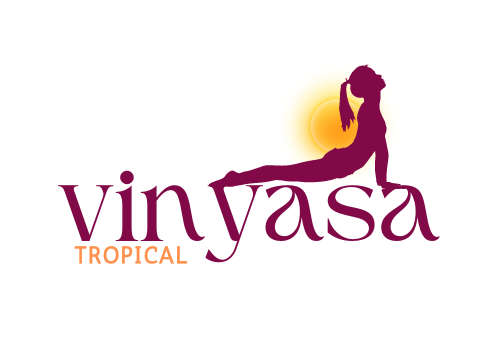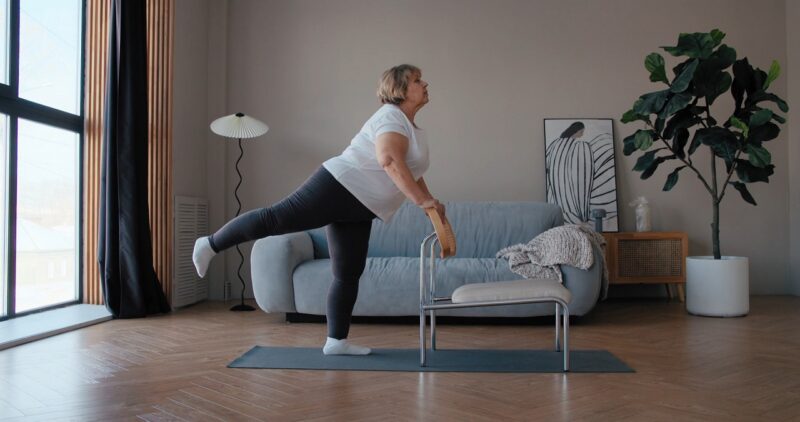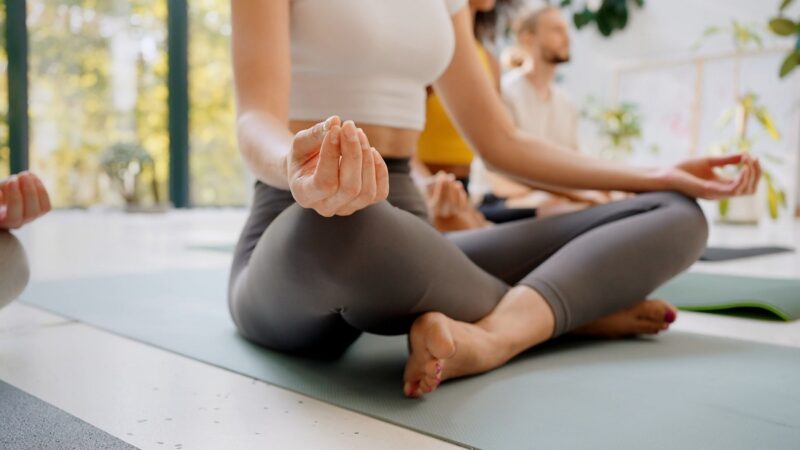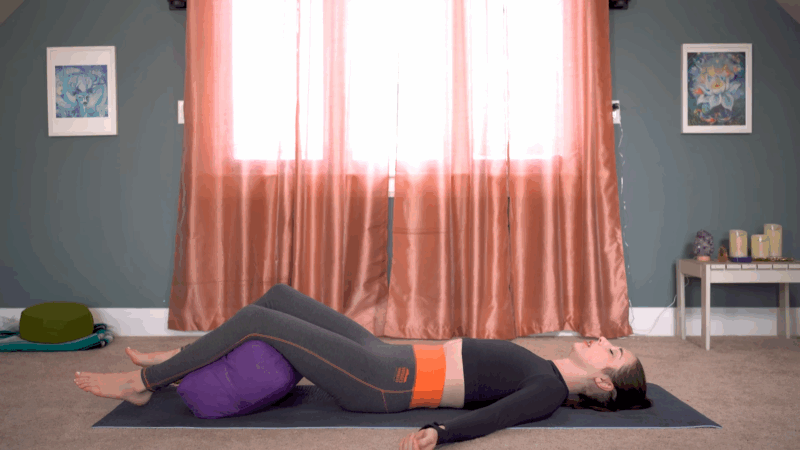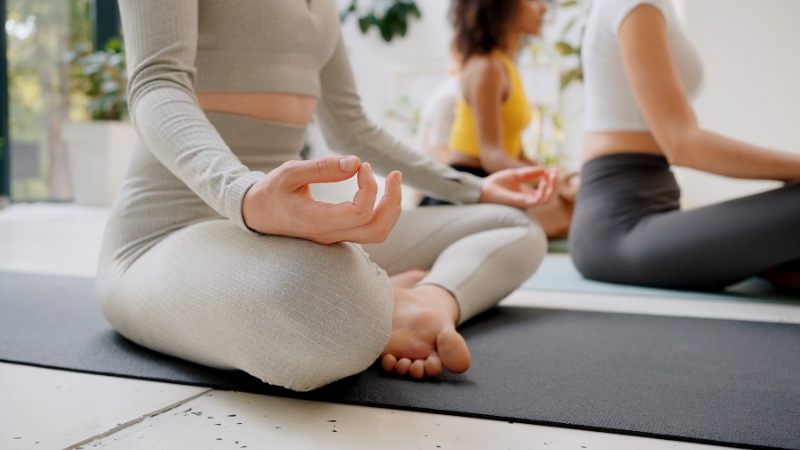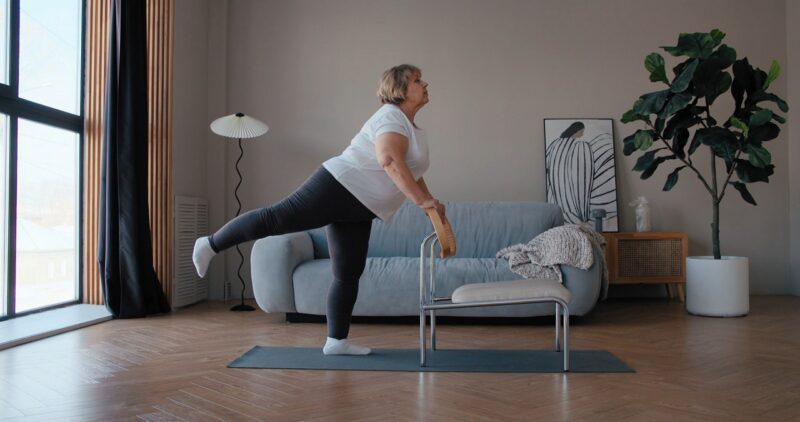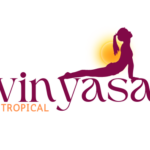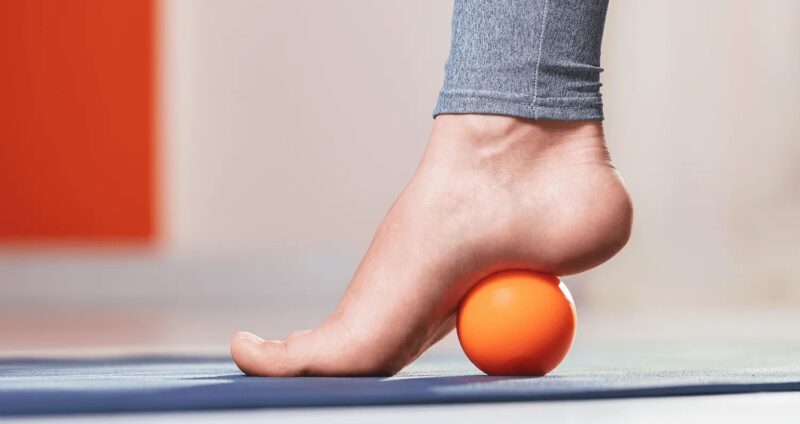
Share Post:
If you’re short on time and feeling stiff, achy, or just not moving the way you want to, here’s a concrete fix: a 20-minute self-massage routine focused on fascia release. You don’t need fancy equipment, and you don’t need a $200 massage gun or an hour-long appointment. Just your hands, maybe a lacrosse ball or foam roller, and a little consistency.
Fascia is the connective tissue that wraps around your muscles, bones, organs — basically your whole insides. Think of it like a full-body spider web under your skin. When it’s healthy, it’s stretchy, hydrated, and helps your body move smoothly.
But when it tightens up (from stress, poor posture, injury, dehydration, overuse, or even just sitting too long), it gets sticky. Stuck fascia = stiffness, aches, limited mobility, and that annoying “my hamstrings feel tight even though I stretch” feeling.
So what helps? Movement, hydration, and some gentle, intentional pressure — i.e., self-massage.
Quick Ground Rules Before You Start
A few things to keep in mind before digging into your muscles:
- Less is more. You’re not trying to beat your body into submission. Use enough pressure to feel it, but not so much that you’re holding your breath or wincing.
- Go slow. Rushing doesn’t give the fascia time to respond. Move your hands (or the ball/roller) like you’re spreading cold butter on toast.
- Breathe. Holding your breath tells your nervous system something’s wrong. We want the opposite.
- Drink water afterward. Fascia loves hydration. Massage helps it absorb water better, so give it some.
What You’ll Need
This whole routine can be done with your hands, but adding tools can help with reach and pressure. Here’s what’s optional (but helpful):
| Tool | Why It Helps |
| Foam roller | Broad pressure over large areas |
| Lacrosse ball | Pinpoint spots like hips or shoulders |
| Massage oil | Less drag on the skin when using hands |
The 20-Minute Self-Massage Routine for Fascia Release
You’ve got 20 minutes and a body that’s asking — maybe even begging — for a reset. Below is a full-body fascia release routine that doesn’t require any special tools beyond a foam roller, a lacrosse or tennis ball, and maybe your own hands.
Each section includes just enough time to target tension, wake up stuck tissue, and get you feeling more mobile and alive in your skin.
Let’s start at the bottom and work our way up — exactly how your body likes it.
1. Feet — 2 Minutes
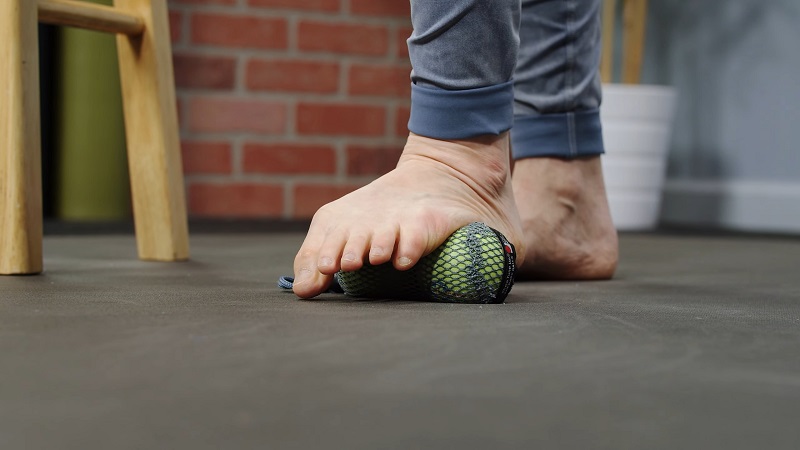
Start with your feet. They’re your foundation, and they deal with constant impact, pressure, and compression from shoes, floors, and life in general.
Grab a ball — lacrosse or tennis — and place it under one foot while seated or standing. You’ll want to slowly roll it from your heel to your toes, especially targeting the arch. When you find a tender, knotty area (and trust me, you will), pause there and breathe through a slow count of ten. No rushing.
Spend about one minute per foot. The goal here isn’t pain — it’s pressure and patience. You’re waking up the fascia and encouraging fluid flow.
If you’re someone who stands all day, wears unsupportive shoes, or even just walks a lot on concrete, this part alone might feel oddly emotional. Your feet carry more stress than they let on.
2. Calves & Shins — 3 Minutes
Tight calves can wreck your ankle mobility, mess with your squat form, and even create tension that shoots up into your hips or low back. Shins also get ignored, but they hold plenty of sticky fascia from walking, running, and bracing.
If you have a foam roller, place it under your calves and sit on the floor with your legs extended. Use your hands to lift yourself slightly so you can roll slowly from just above the ankle to just below the knee. Don’t breeze through this. Think molasses, not espresso.
To hit the shins, which most people forget about, rotate your body so the side of your lower leg presses into the roller. Roll up and down in short, slow strokes. You’re aiming for the muscles beside the shin bone, not the bone itself.
If you’re rolling without a tool, your hands still work. Use your knuckles or thumbs to knead from the ankle upward, especially along the outer sides of the shin.
3. Quads & Hip Flexors — 3 Minutes
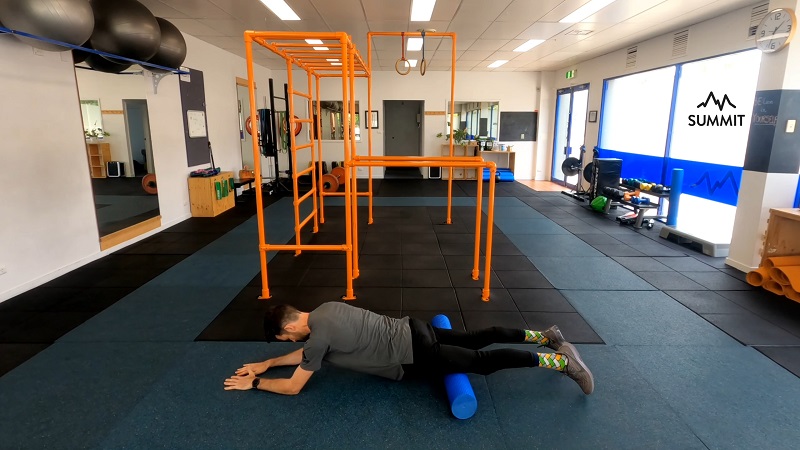
If you sit a lot (and most of us do), your quads and hip flexors probably feel like old rubber bands. When they’re tight, they pull on your pelvis and spine, wrecking your posture and reducing hip extension — not great for walking, running, or standing tall.
Lie face down and place a foam roller under one thigh. Slowly shift your weight to roll from just above your knee to the front of your hip. One leg at a time is best — this gives you more control and lets you focus on tension pockets.
When you reach the upper third of your thigh, where the hip flexors live, slow down. This area is usually grippy and glued, especially near the inner thigh. Hang out there, do tiny circles, or just breathe and let your body melt into it.
No roller? No problem. Use your forearm or elbow to lean into the quad and gently press while shifting side to side. Go slow and avoid pushing so hard that you tighten up defensively.
4. Glutes & Hips (3 minutes)
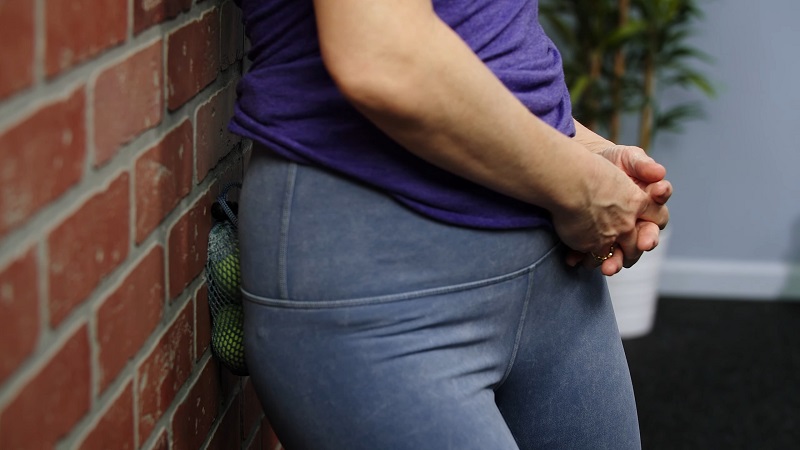
Why: So much fascia runs through the hips and butt. Releasing here helps with back tightness, posture, and even stress.
Lacrosse ball method:
- Sit on the ball, leaning slightly to one side.
- Roll slowly around your glute — it’ll feel intense.
- Pause on tender areas and breathe deeply.
No ball? Use your fists or knuckles to press and knead the outer hip and glute.
Bonus: Add a figure-four stretch after for extra hip love.
5. Low Back (2 minutes)
Why: While you don’t want to go deep on the spine itself, working the muscles around the low back can ease tension big time.
Foam roller method:
- Lie down with the roller under your lower back (above the pelvis, below the ribs).
- Gently rock side to side — don’t roll up and down too aggressively.
Hands only? Use both fists to apply pressure to the sides of your spine while lying on your back, knees bent. Hold pressure and breathe.
6. Upper Back & Shoulders (3 minutes)
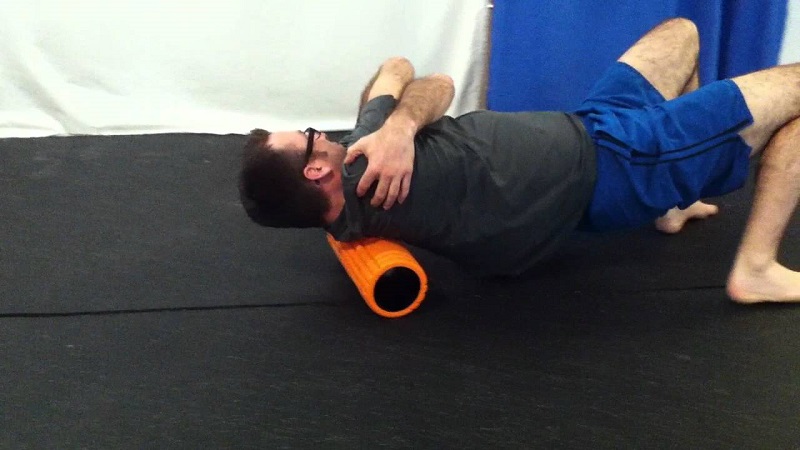
Why: Sitting, phone use, driving — it all curls us forward. Opening this area helps with posture and neck tension.
Foam roller method:
- Lie on your back, roller under your shoulder blades.
- Hug yourself to spread your shoulder blades.
- Roll up toward your mid-back, stopping before the neck.
Lacrosse ball trick:
- Stand against a wall with the ball between you and the wall, right between your spine and shoulder blade.
- Move slowly side-to-side and up-down to release the muscles.
7. Neck & Jaw — 2 Minutes
A surprising amount of chronic tension, headaches, and sleep issues can be traced to tight fascia in the neck and jaw. Most of us clench here unconsciously — especially under stress — and don’t realize how much it’s locking up the rest of the body.
Use your fingertips to gently explore the base of your skull — that shelf where your head meets your neck. Apply light pressure and make slow, steady circles. Breathe as you go. Then slide down the sides of the neck, where the tissue tends to harden with stress or tech posture.
Now, shift to your jaw. Just in front of your ears, there’s a tender little pocket of tension — that’s where your masseter muscle lives. Massage it gently with a slow circular motion. Open your mouth slightly to reduce resistance while you work.
And here’s something often overlooked: your breath plays a big role in releasing this kind of tension. Shallow, chesty breathing tends to keep the nervous system wired and fascia tight. Slower, diaphragmatic breath not only helps release soft tissue, but it calms the body at the source.
If you’re curious about breath techniques that support this kind of fascia-friendly regulation, you might want to explore Breathwork as part of your recovery and body awareness routine.
Be gentle here. The neck and jaw respond more to softness and stillness than to force.
Be gentle — this area responds best to light pressure.
Optional Add-On: Fascia-Focused Stretching (3–5 minutes)
Massage primes the tissue — now a bit of movement can seal the deal.
Try a few of these:
- Cat-cow (spinal mobility)
- Deep lunge with side bend (hip flexors and side body)
- Forward fold with bent knees (posterior chain)
- Wall angels (shoulders and upper back)
Nothing fancy. Just fluid, slow movement, and breathing into where you feel tight.
Final Thought
Fascia doesn’t need to be a mystery — or a medical bill. You’ve got tools (and hands), and now you’ve got a routine. Keep it chill, keep it consistent, and your body will feel the difference.
You’ve only got one body. It’s worth 20 minutes.

